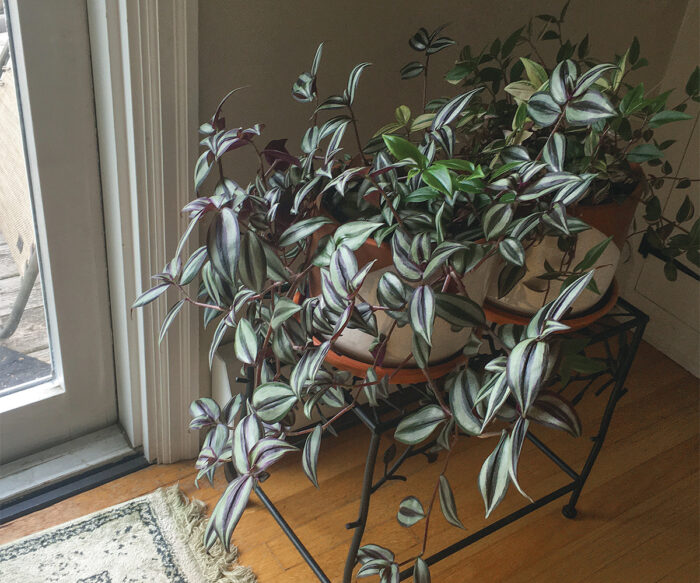
Tradescantias (Tradescantia spp. and cvs., Zones 4–12) are easy-care houseplants with cascading, colorful foliage. Apart from the ubiquitous zebra tradescantia (T. zebrina, Zones 8–12), which is beloved for its purple-and-silver leaves, there are dozens of species and varieties of tradescantia that are perfect for growing as houseplants, many with spectacular variegation. And under ideal conditions, occasional small flowers may appear. These plants are great for beginners and absentminded gardeners; even if you make a mistake with light or watering, your plant will probably bounce back once the blunder is corrected. While tradescantias are very forgiving, here are a few guidelines to make sure that they do their best.
Provide indirect light and moist soil
Tradescantias prefer bright, indirect light. Direct sun causes the foliage to bleach of color over time, and the varieties with lighter leaves may even burn. However, too little light can cause the foliage to fade. Providing bright light nearly all day is ideal. A great place to situate your tradescantia is directly to the side—not in front of—a bright window.
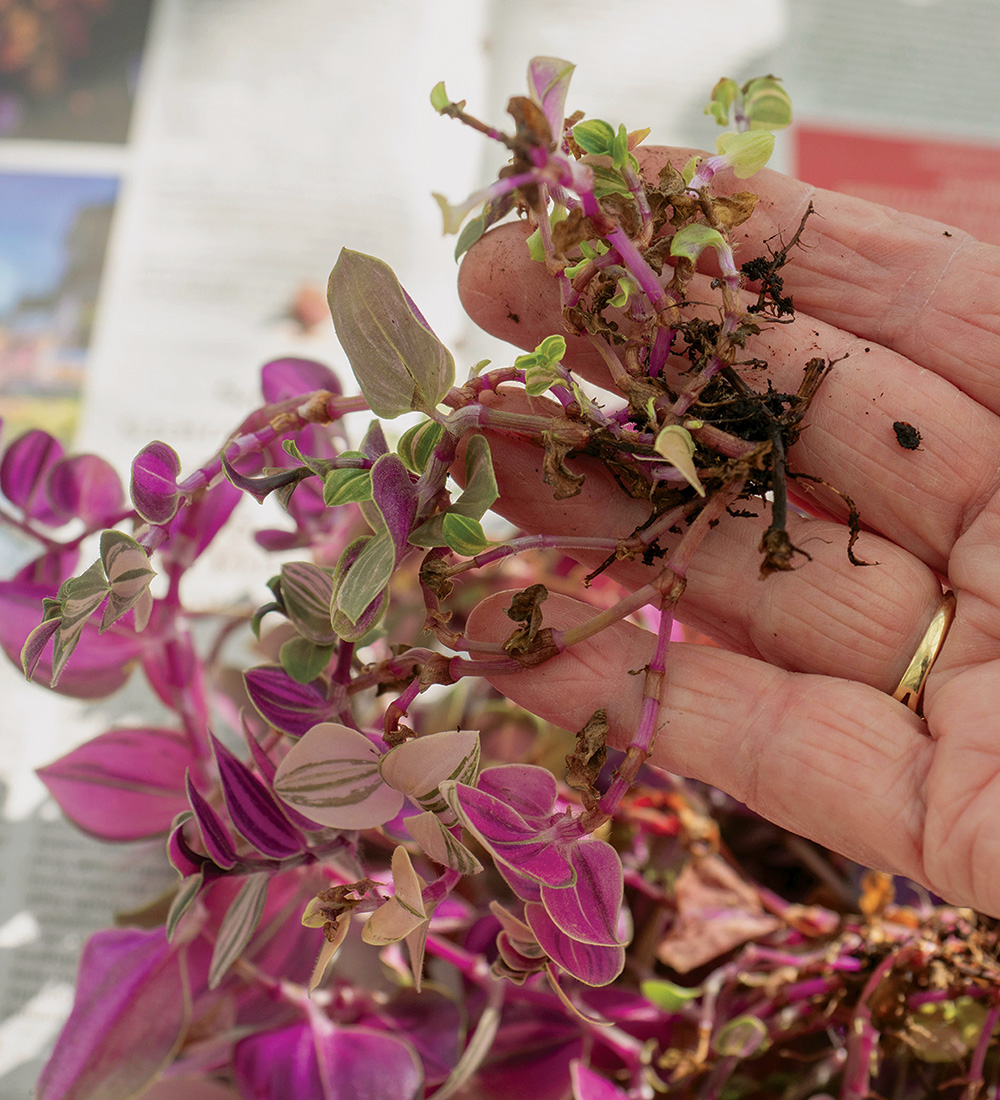
These plants thrive with moist soil that can dry between waterings. Watering once a week should be sufficient in summer, and you can cut back to twice a month in winter. Too much water can lead to root rot, but I have found tradescantias to be tolerant of occasional overwatering or underwatering as long as it doesn’t become a habit. You can fertilize every few weeks in summer for faster growth, but the foliage often looks lustrous even without fertilizer. Overfertilizing, however, can result in stunted growth and burned, wilted, or yellowed leaves.
Tradescantias love humidity, and keeping them in a naturally moist area of your home or misting frequently will help them to thrive. However, they will most likely be fine without this treatment and will get by in most areas of your home as long as there is adequate light.
Problems are few and propagation is easy
An issue you may run into with tradescantias is a leggy habit. Frequently pinching back stems can help promote more branching and denser foliage. These plants face no serious problems with diseases or insects, although you should monitor for aphids, mealybugs, scale, whiteflies, and spider mites, as these can become problems if left unchecked. Contact with the plant sap causes skin irritations in some individuals. Also, all parts of the plant are toxic to pets, so keep them away.
Tradescantias are one of the easiest houseplants to propagate. Propagation is a good way to make more plants, but it’s also an option for starting over if your plant begins to fail and there are only a few good stems left. While you can go the traditional path of placing a cutting in water and waiting for it to develop roots, it’s often possible to simply stick a fresh cutting directly into soil right after snipping it. Just make sure to water it well after planting, and roots will develop quickly enough to keep the cutting alive.
3 Sensational Varieties Worth a Try
This genus is very diverse, with many different foliage shapes, colors, and textures represented. Here are a few of the most unique and beloved tradescantias that money can buy.
White velvet tradescantia has super-textured leaves
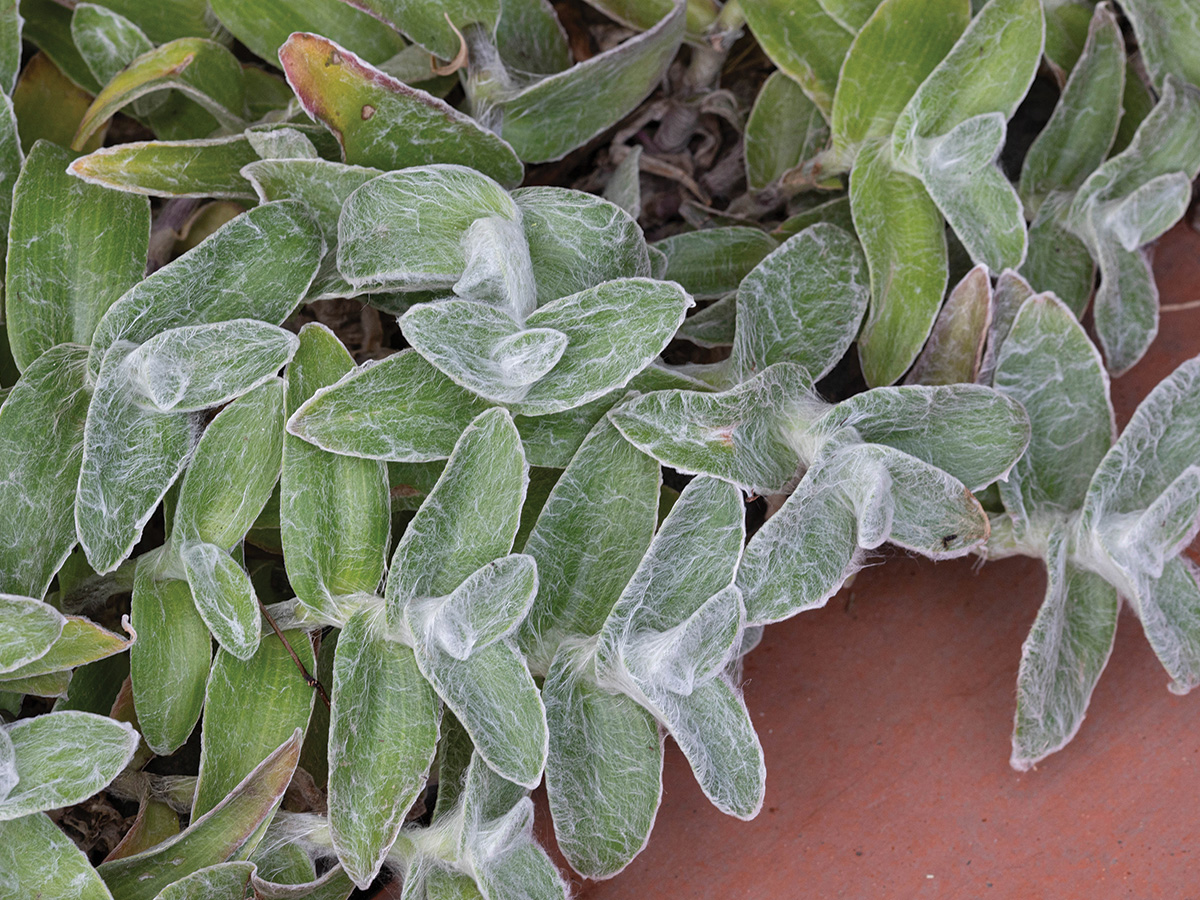
(T. sillamontana, Zones 10–12)
This plant has a very unique look, with fuzzy, olive green, 2-inch-long leaves that stack upon each other like logs as the plant grows. White velvet tradescantia reaches 1 to 2 feet tall and will spread. Unlike other tradescantias, it can take some direct sunlight and is very drought tolerant.
‘Nanouk’ tradescantia is a modern classic
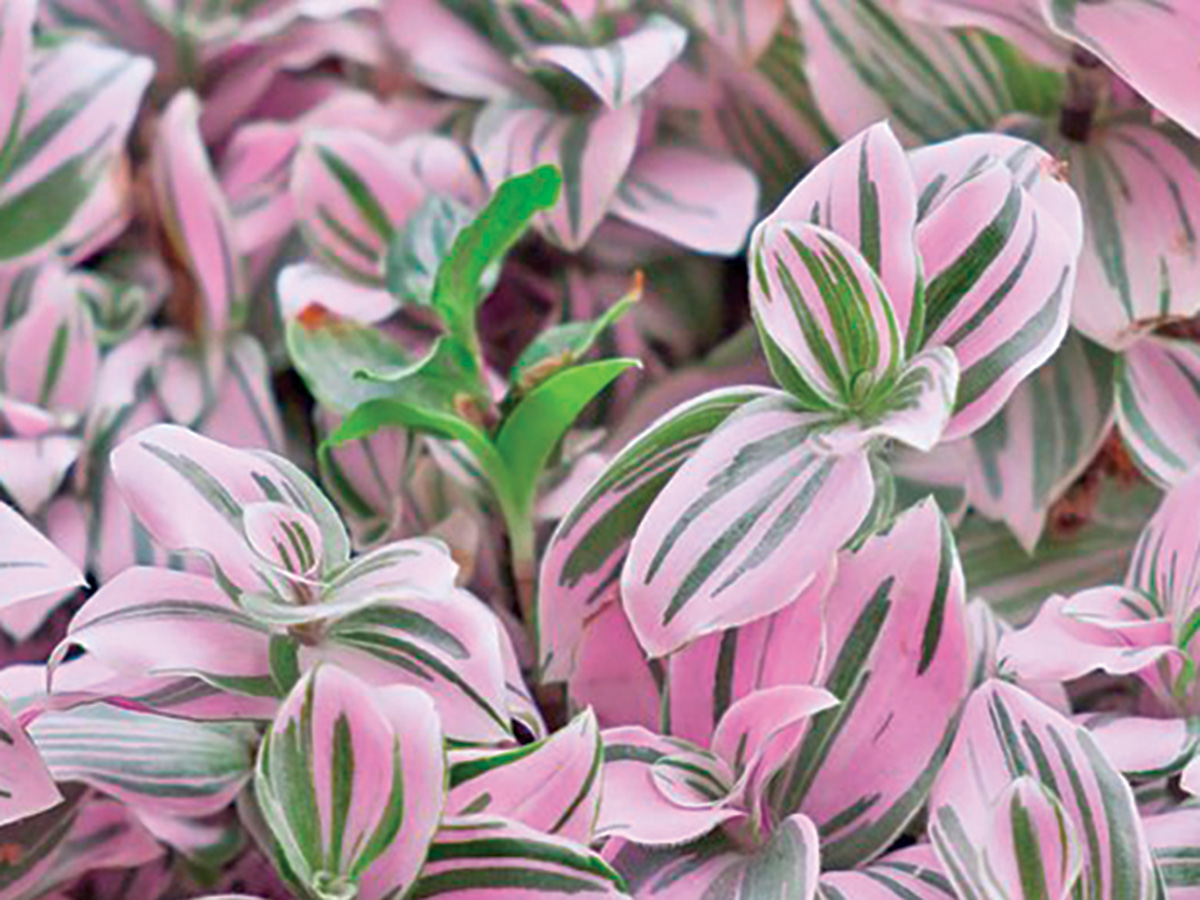
(T. albiflora ‘Nanouk’ syn. T. fluminensis ‘Nanouk’, Zones 10–12)
Since its arrival on the scene in 2012, ‘Nanouk’ tradescantia has been very popular for its vigorous pink, white, and green variegated foliage—with an emphasis on pink! Even the flowers are a pinkish white. This variety, which grows about 6 to 12 inches tall and spreads, has a very dense habit.
‘Sitara’s Gold’ boat lily tradescantia is the best yellow-variegated variety
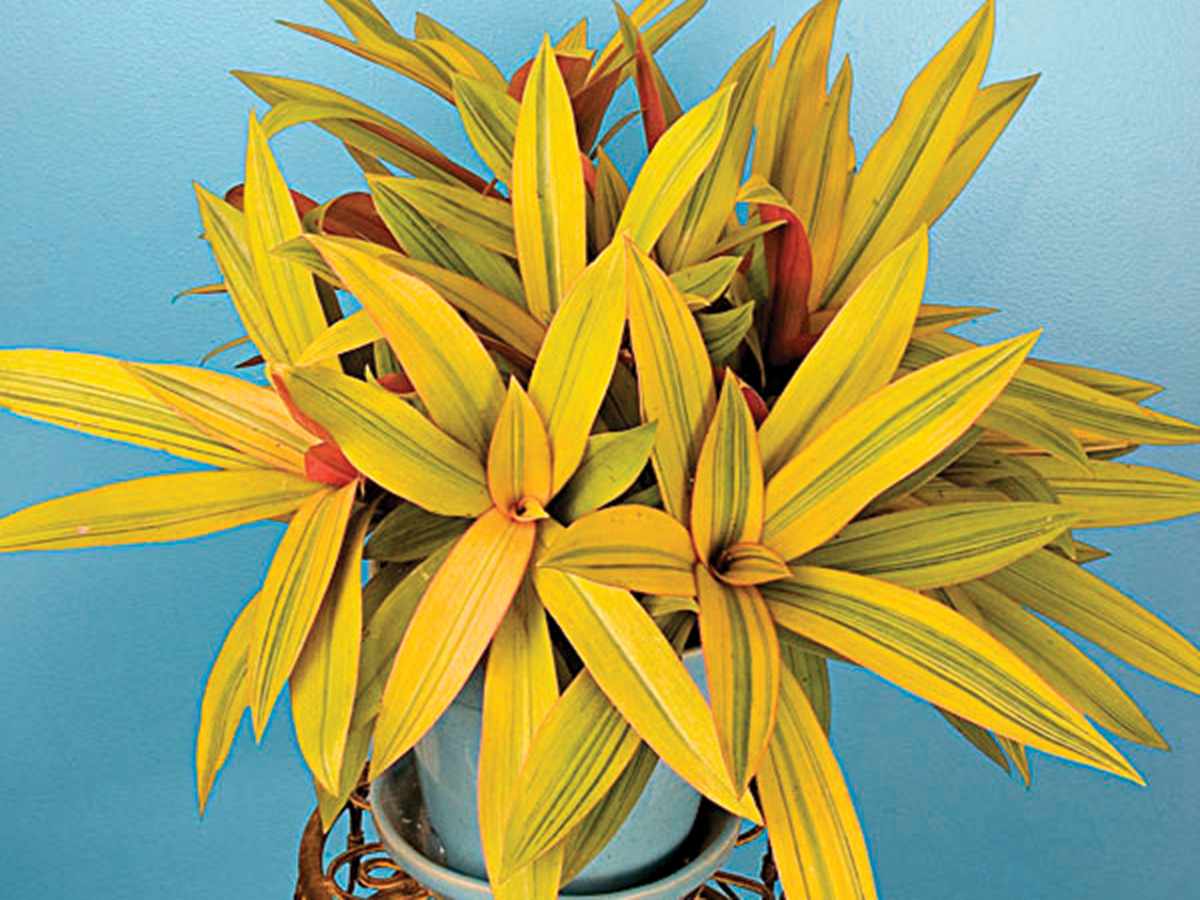
(T. spathacea ‘Sitara’s Gold’, Zones 9–12)
T. spathacea has many common names, including boat lily, Moses-in-the-cradle, and oyster plant. It has long, lance-shaped leaves and an upright habit, growing about 1 foot tall and spreading. ‘Sitara’s Gold’ is undoubtedly one of the most spectacular varieties in the species. Its mustard yellow variegated foliage has burgundy undersides that are thrown into relief by occasional white flowers.
Diana Koehm is the assistant editor.


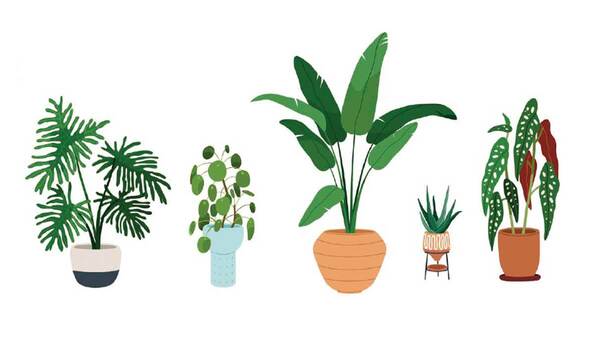
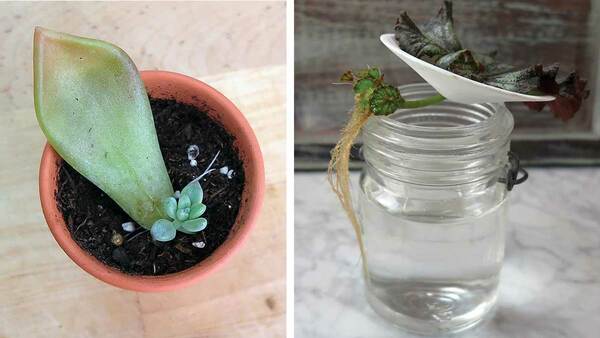













Comments
Log in or create an account to post a comment.
Sign up Log in